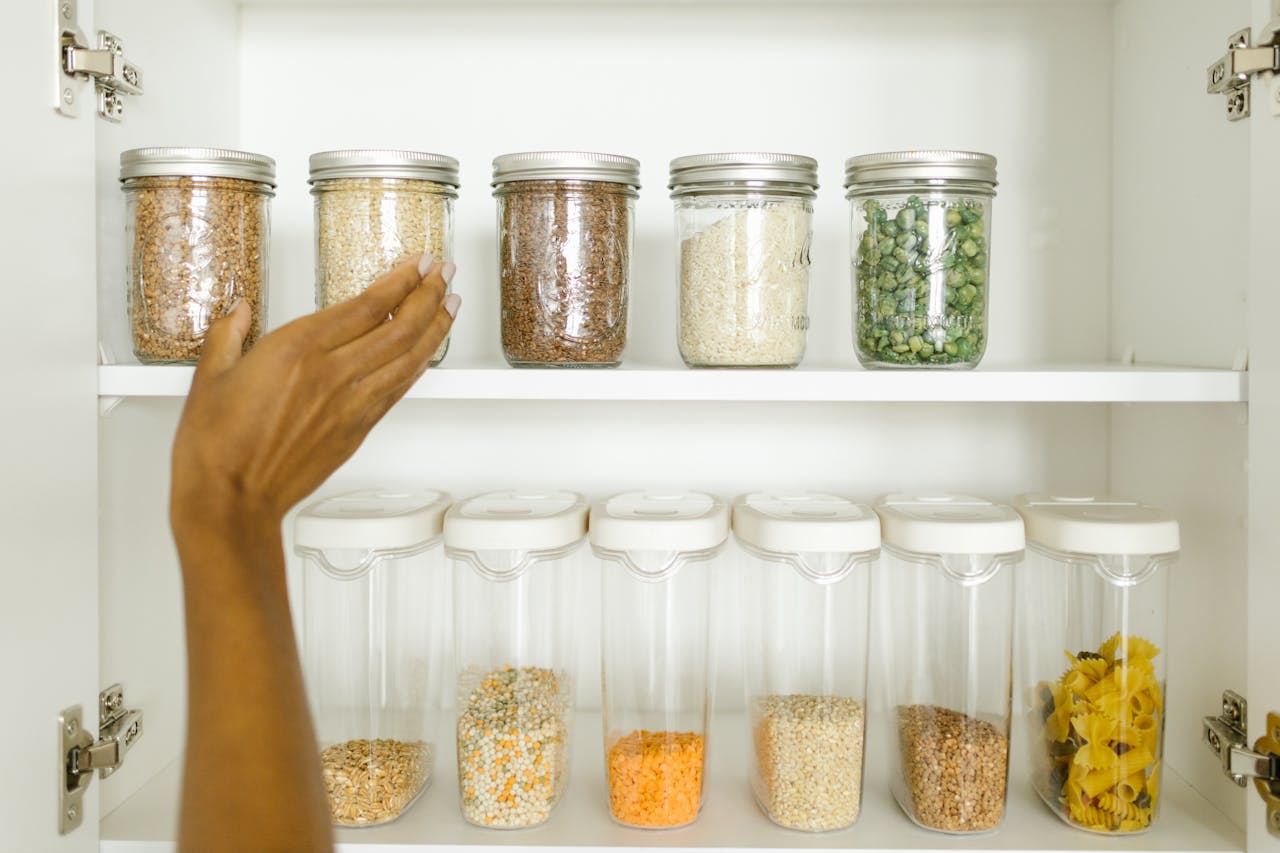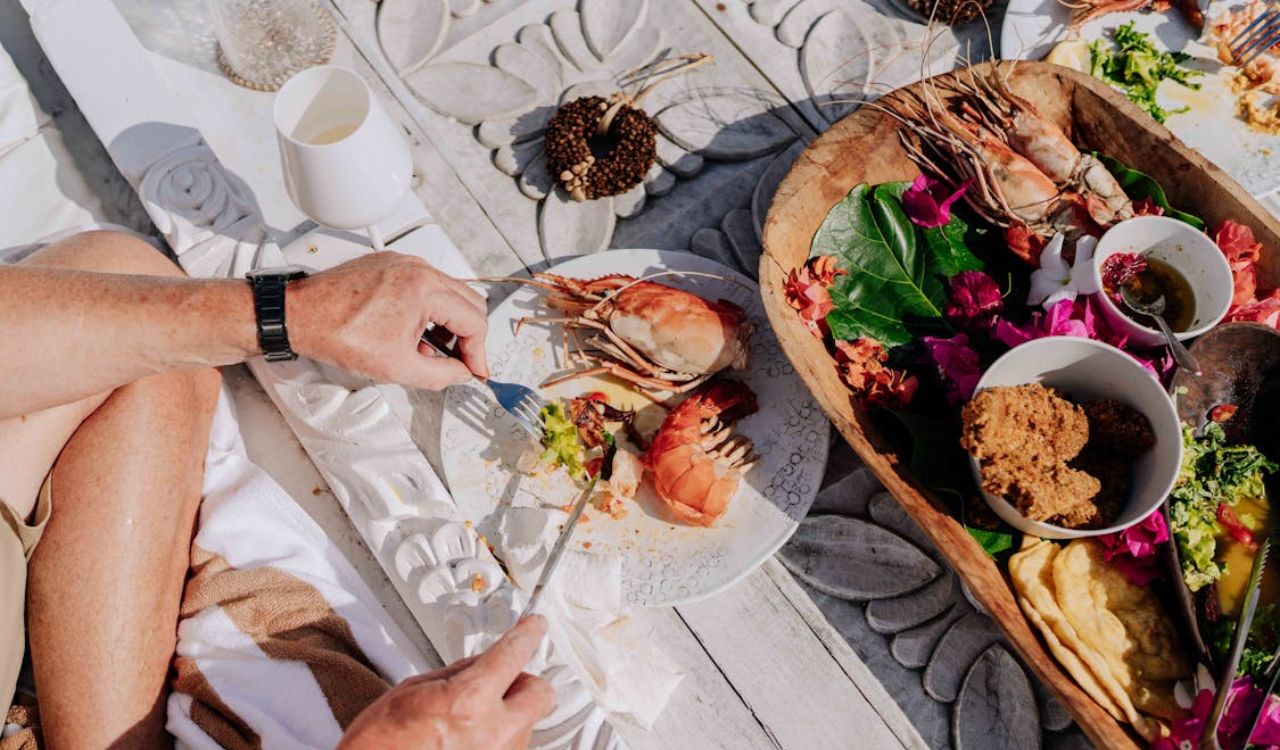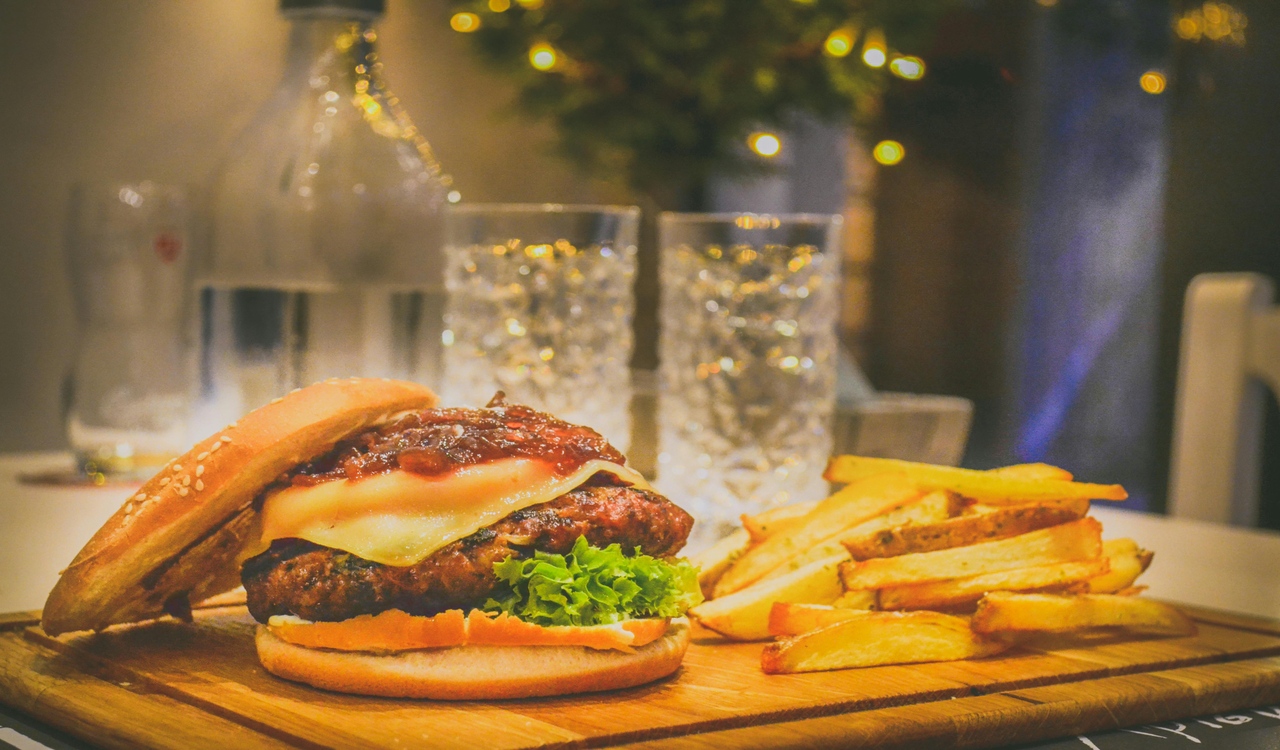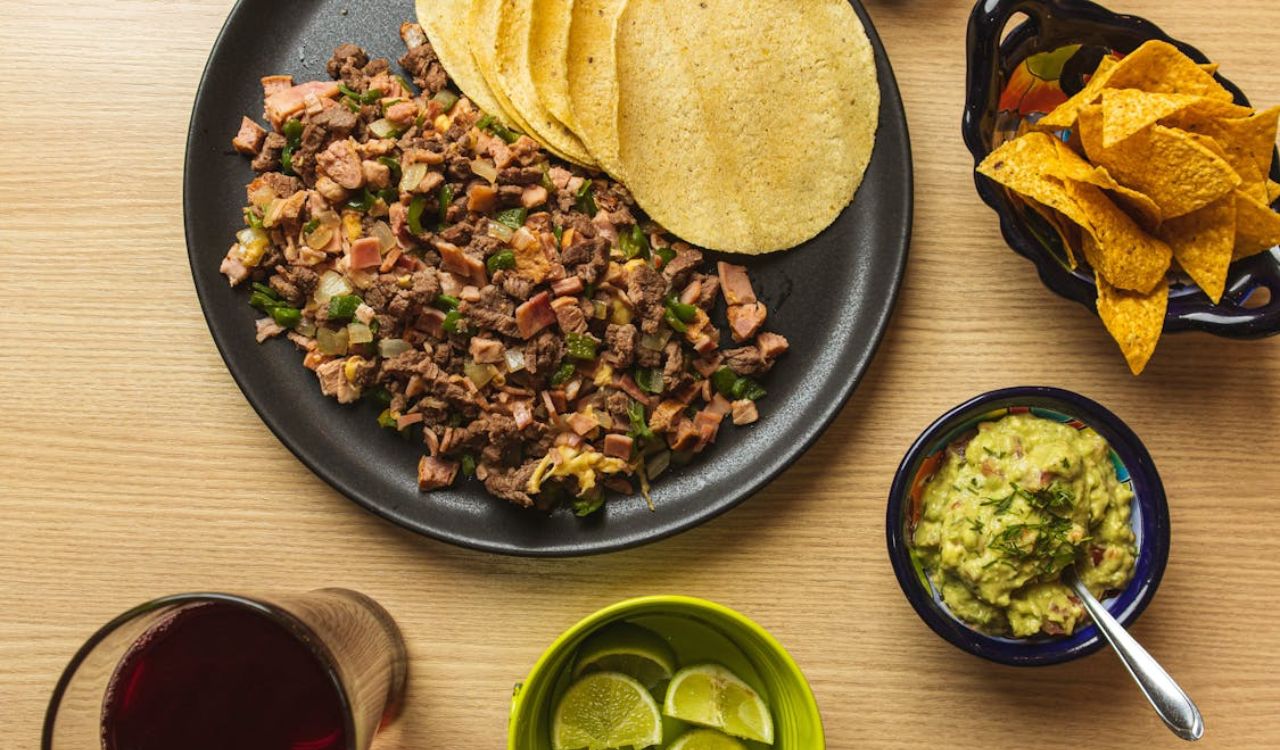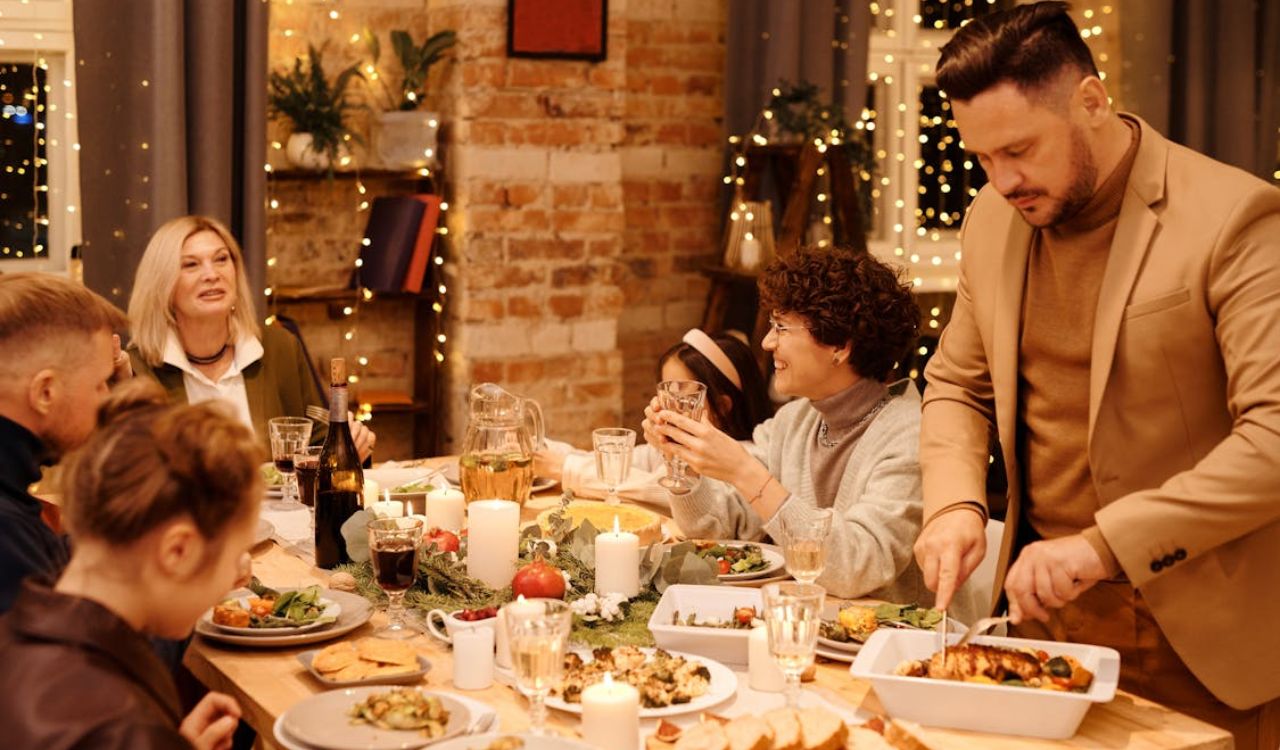How to Know If Your Wine Should Be Saved or Opened Tonight
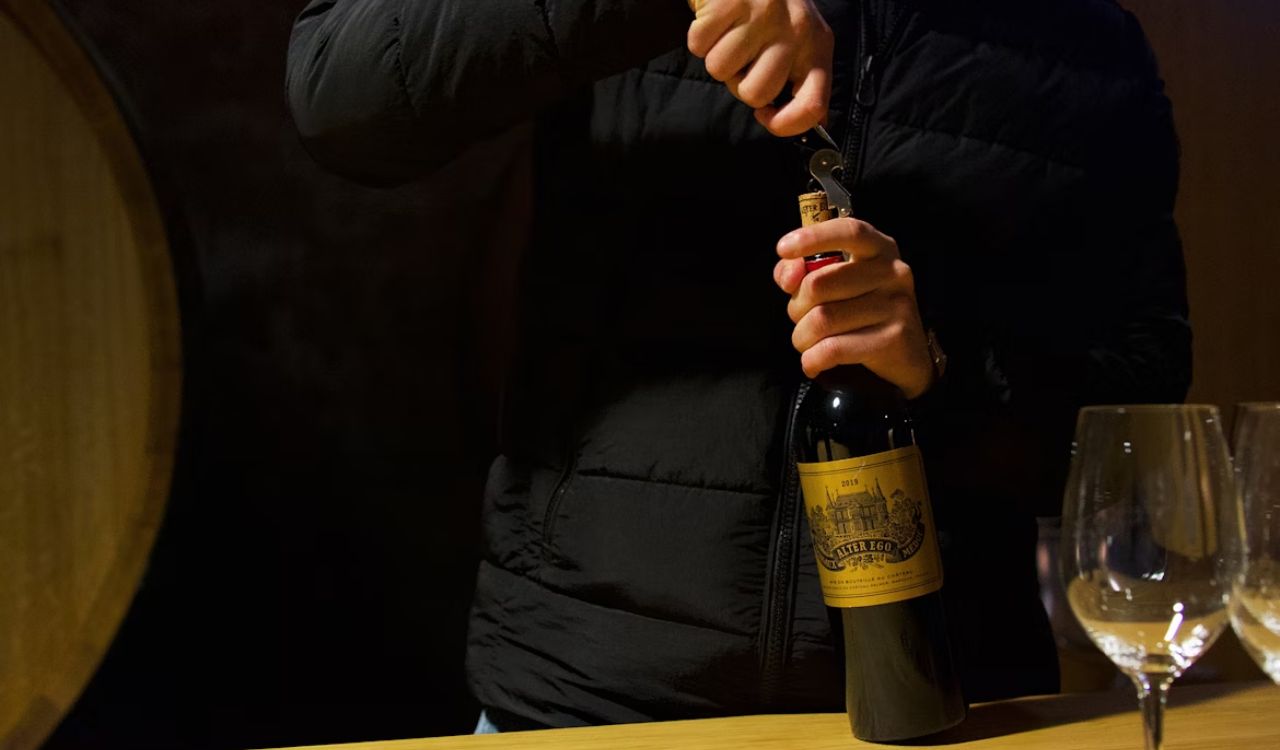
Choosing whether to open or save a bottle of wine can feel like guesswork, but there are reliable ways to tell if it is ready to drink or should rest longer. Some wines are meant to age, deepening in flavor and complexity, while others are crafted for immediate enjoyment. Understanding your wine’s type, storage, and condition can help you catch it at its best. These simple steps will guide you in knowing when to uncork a bottle or leave it safely on the rack for another night.
1. Check the Type of Wine
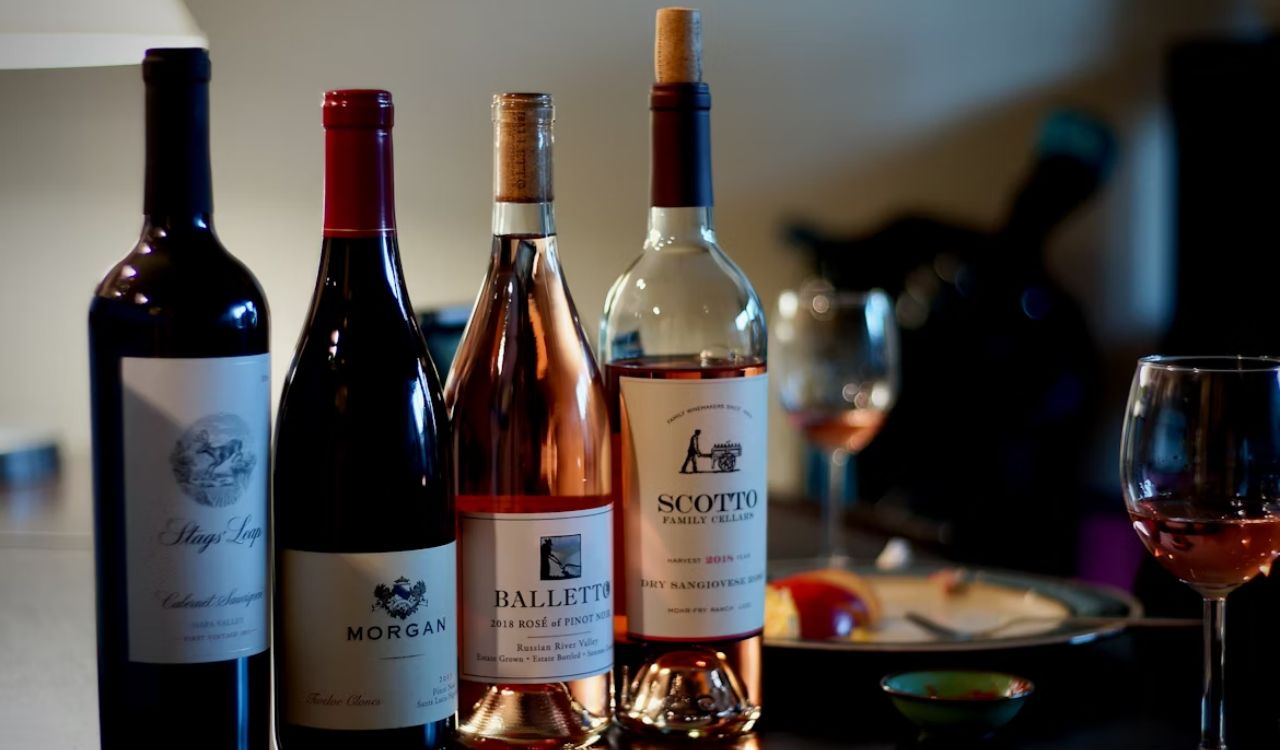
The kind of wine you have offers the first clue. Most white wines and rosés are designed to be enjoyed young and fresh, often within two to three years. In contrast, reds such as Cabernet Sauvignon, Syrah, or Bordeaux blends can benefit from aging thanks to their higher tannin content. Sparkling wines are usually at their best when young unless labeled as vintage. Knowing whether your wine was made for early drinking or cellaring will help you decide if it should be opened now or saved for later.
2. Look at the Vintage Year
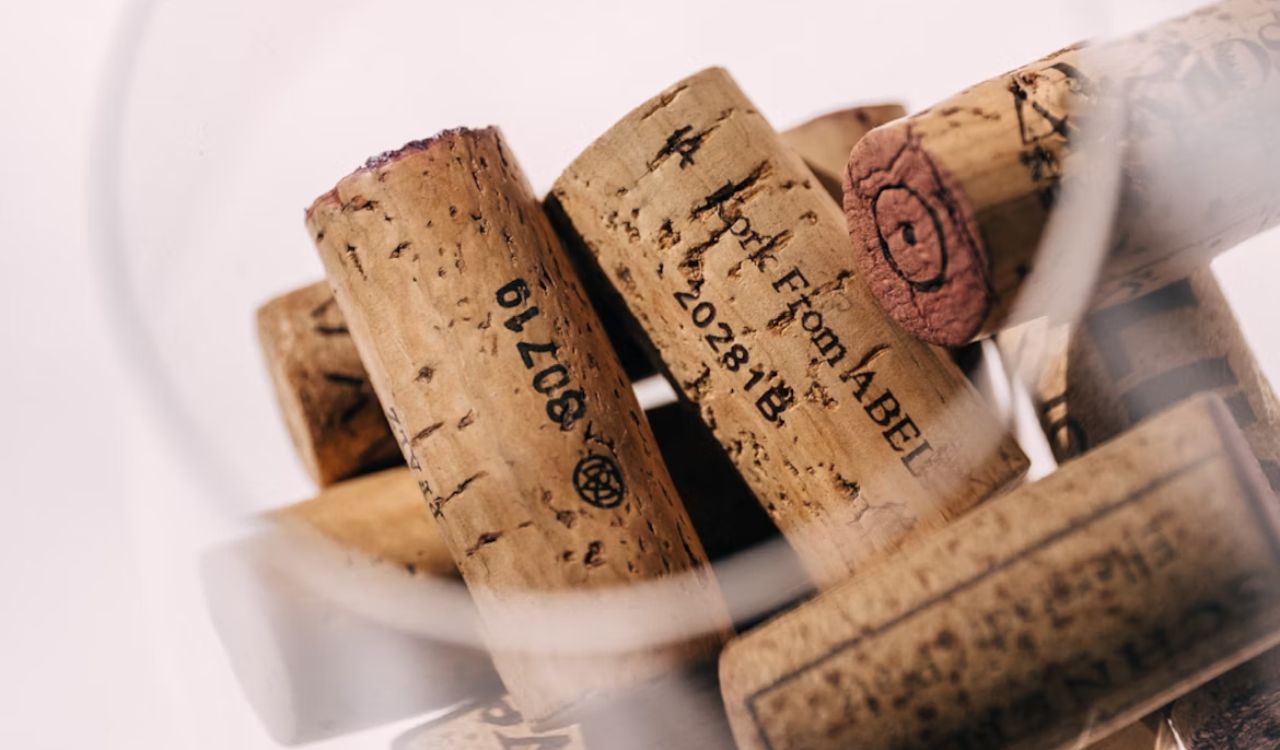
The vintage year, which tells you when the grapes were harvested, gives important insight into the wine’s ideal drinking window. A light 2023 Sauvignon Blanc is probably ready now, while a structured 2018 Cabernet Sauvignon may still be improving. Most wines are at their best between three and ten years, depending on grape variety and quality. If your bottle is young and lively, it is likely ready. Older bottles, if stored well, often reward patience with softer tannins and richer, more complex flavors that show maturity.
3. Consider the Price and Producer
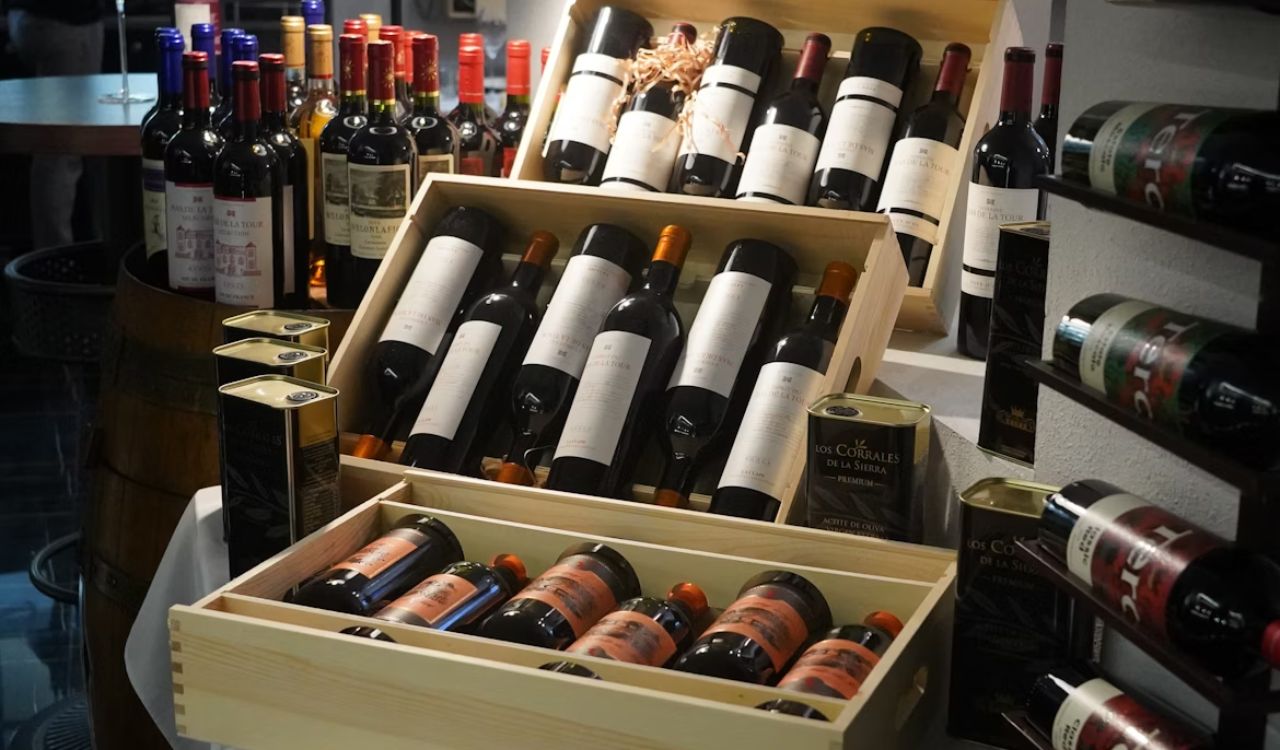
Not all wines are built to age, and price can be a strong indicator. Affordable bottles, typically under twenty dollars, are made for immediate enjoyment rather than long-term storage. Higher-end or reserve wines from reputable producers often note aging potential on their labels. Look for mentions of oak aging, structure, or long finishes, which suggest the wine can improve over time. Casual table wines should be opened within a few years, while collectible bottles can handle much longer cellaring without losing their charm.
4. Evaluate Storage Conditions
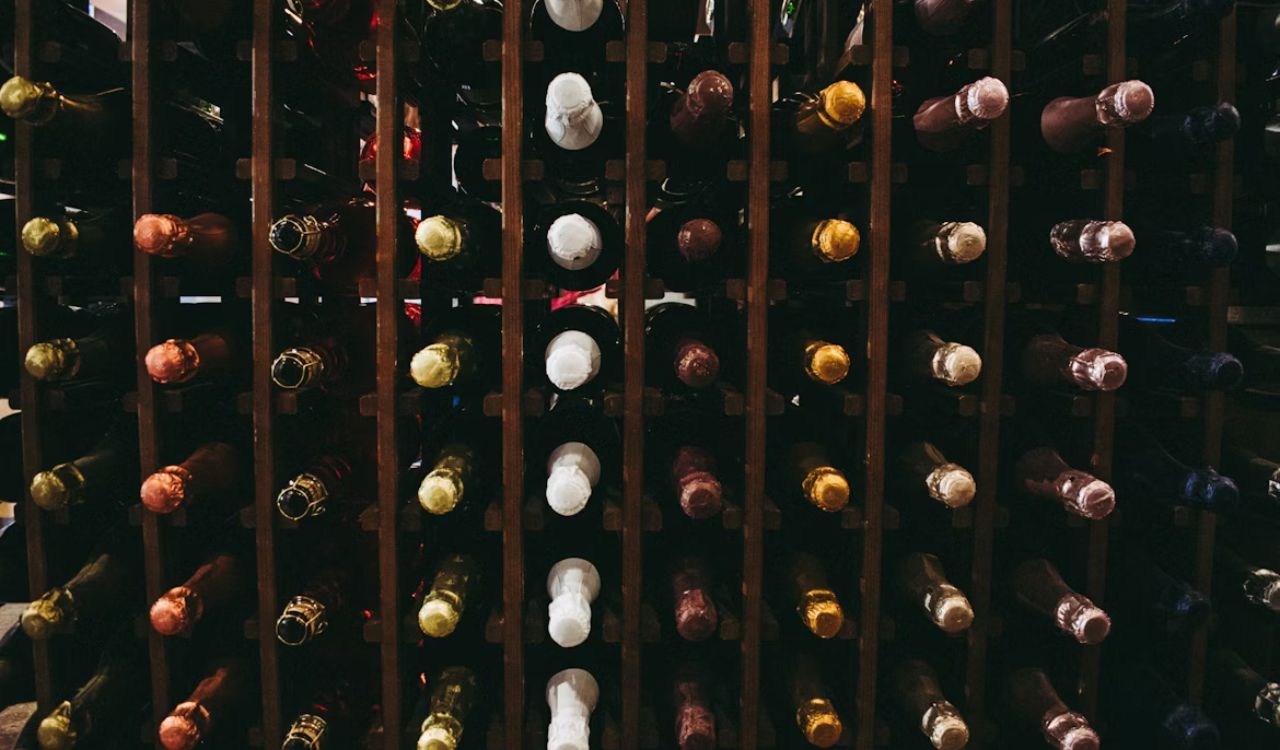
Even the best wine can deteriorate under poor storage conditions. Bottles should be kept in a cool, dark place at a steady temperature of around fifty-five degrees Fahrenheit. Fluctuations in temperature or exposure to light can cause the wine to age too quickly or spoil. Laying bottles on their sides keeps corks moist and prevents air from seeping in. If your wine has spent months standing upright in a warm kitchen or bright room, it is safer to open it now rather than risk further decline.
5. Inspect the Cork and Bottle
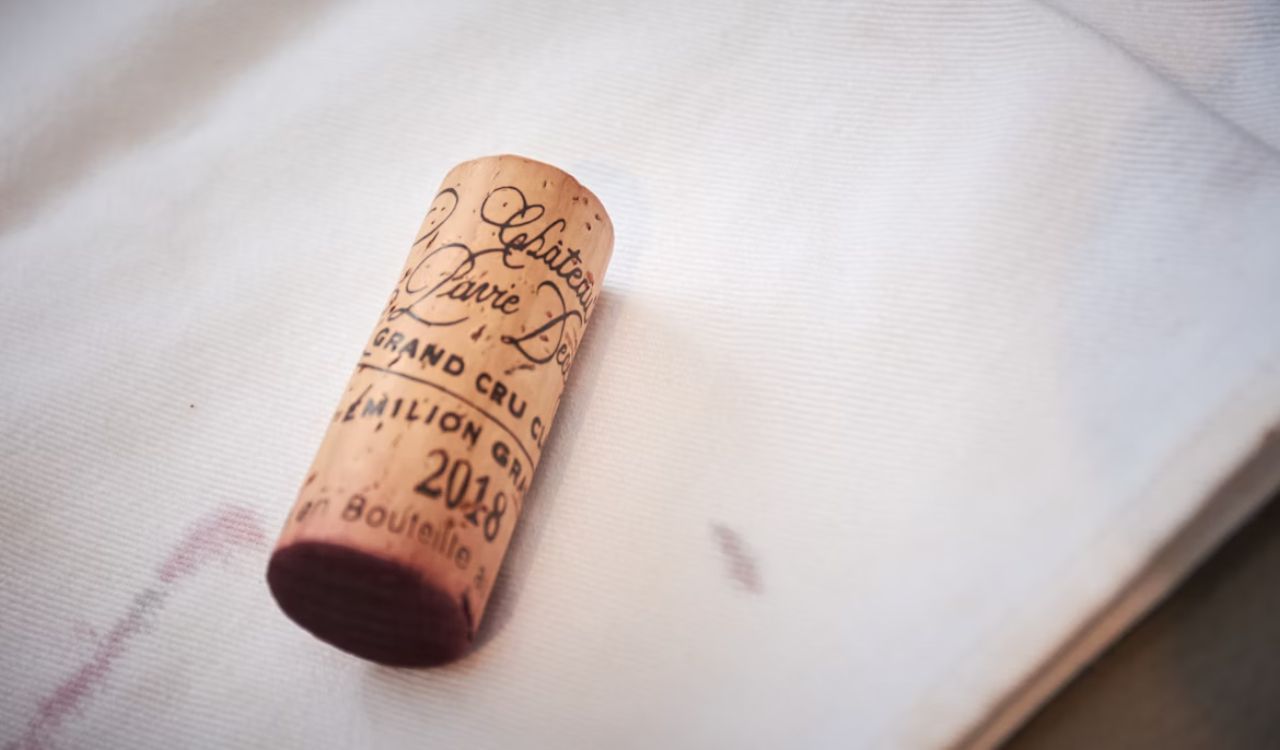
Before you open a bottle, take a good look at it. A cork that appears cracked, sunken, or stained may indicate that air has leaked inside. Low fill levels or visible leakage around the label can also suggest spoilage. These signs do not always mean the wine is ruined, but they hint that it may be past its best. Bottles with intact corks and clean necks are usually fine to save. A quick inspection helps you avoid disappointment and preserve the wine’s intended flavor.
6. Observe the Color and Clarity
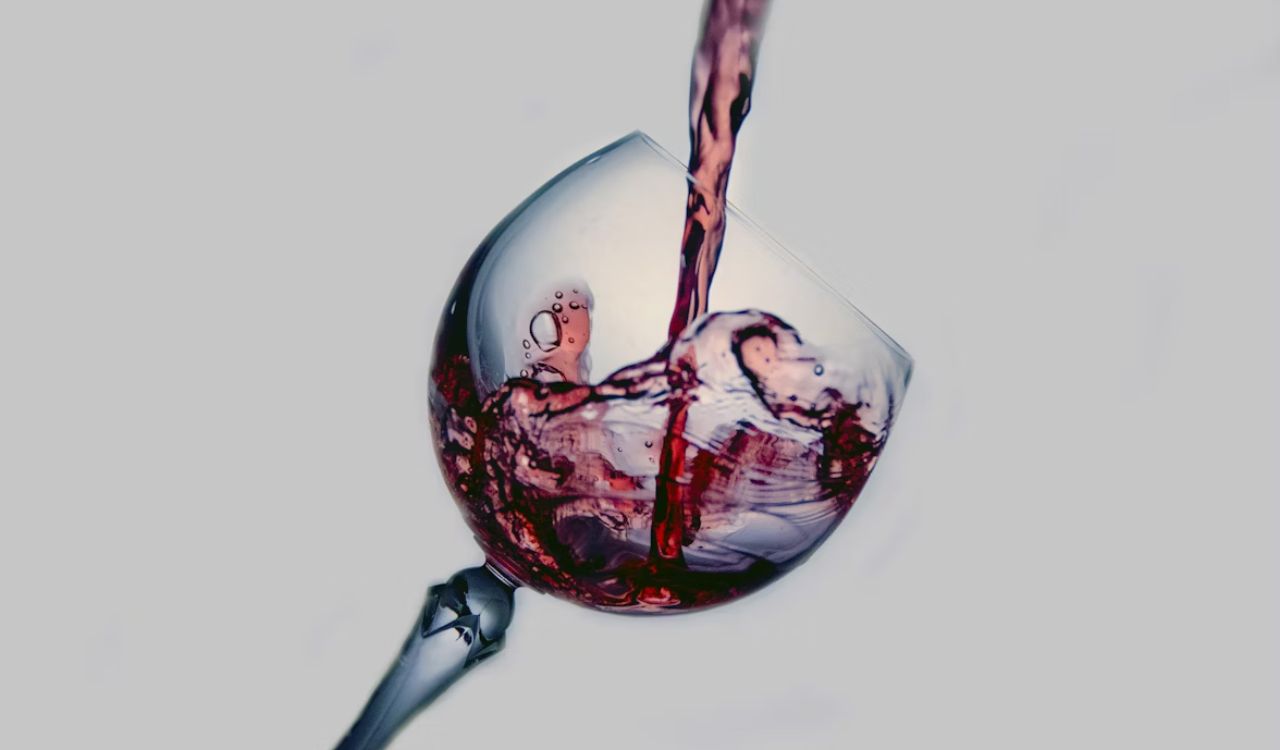
The color of wine changes naturally over time, but drastic shifts can reveal trouble. White wines that turn deep gold or brown may be oxidized, while reds that appear dull or brick-colored at the rim might be too old. Cloudiness can also signal spoilage, unless the wine is unfiltered by design. Hold the bottle to the light or pour a small sample to check. A clear, bright hue means the wine is likely still fresh and enjoyable, while murky tones are a warning sign to drink soon.
7. Smell for Freshness or Spoilage
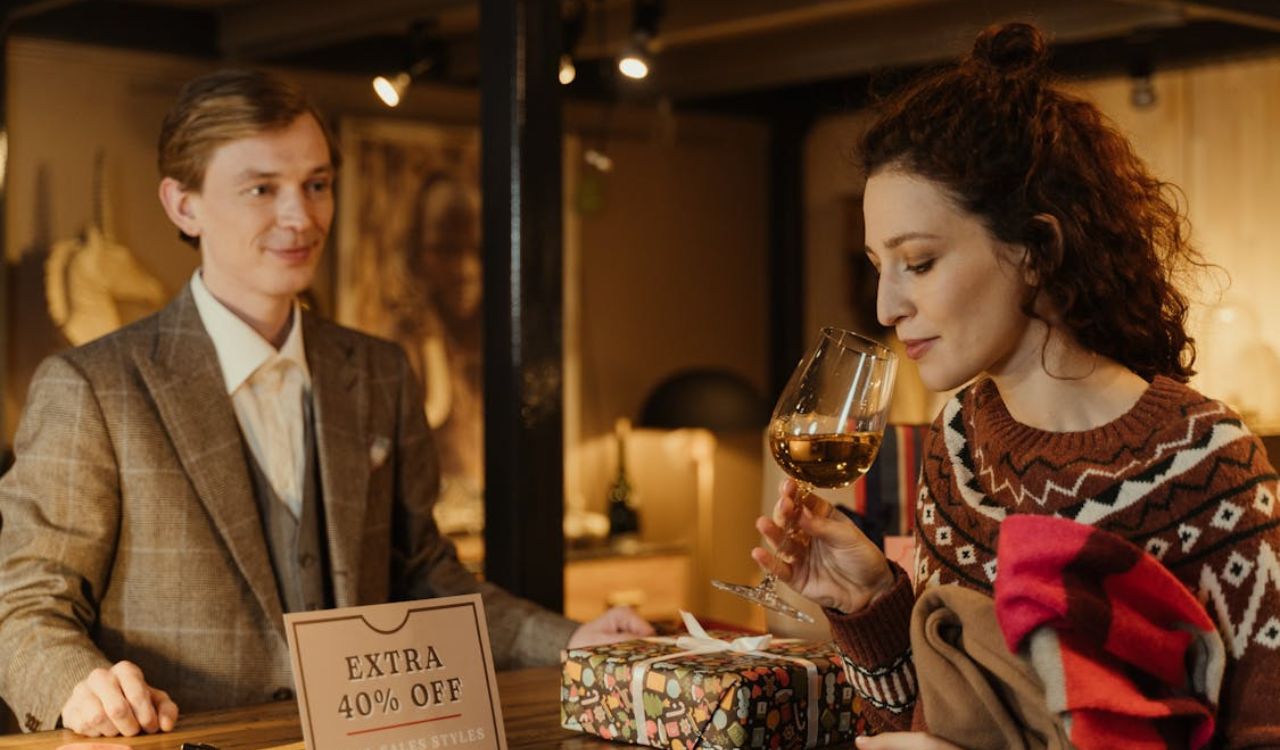
The nose often tells you everything before the first sip. When you open the bottle, swirl the glass and take a slow sniff. A good wine should smell inviting, with aromas of fruit, spice, or herbs depending on its type. If you detect vinegar, musty basement, or wet cardboard, it may be corked or oxidized. Subtle earthy notes in older wines are normal, but strong sour or moldy odors are not. Trust your senses. If it smells off, it probably tastes that way too.
8. Taste and Assess the Balance
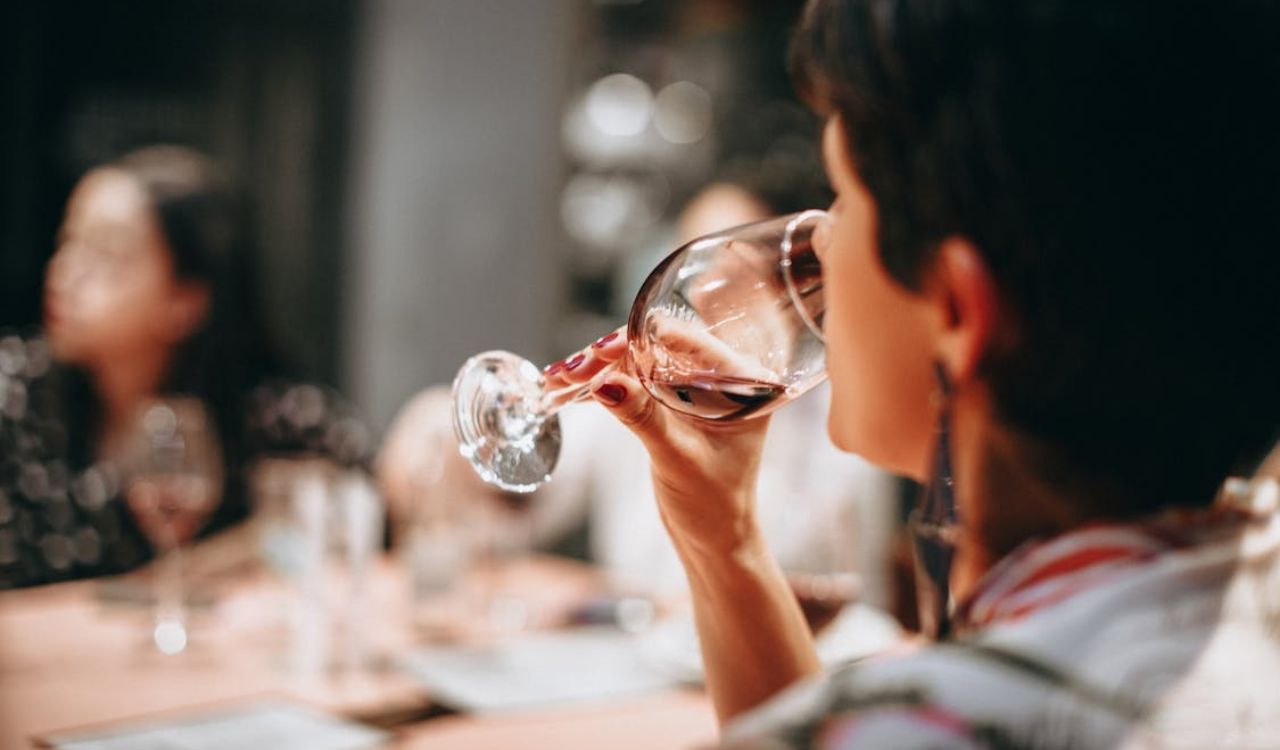
Once you taste the wine, focus on how the flavors come together. A well-balanced wine should have harmony between its acidity, fruit, and structure. If it tastes flat, sour, or lifeless, it has likely aged too long. Young wines are usually bright and crisp, while older ones are softer and more complex. You may lose some fruit intensity as wines age, but gain depth and texture. If the wine tastes pleasant and balanced to you, then it is the right time to enjoy it.
9. Check for Sediment in Older Wines
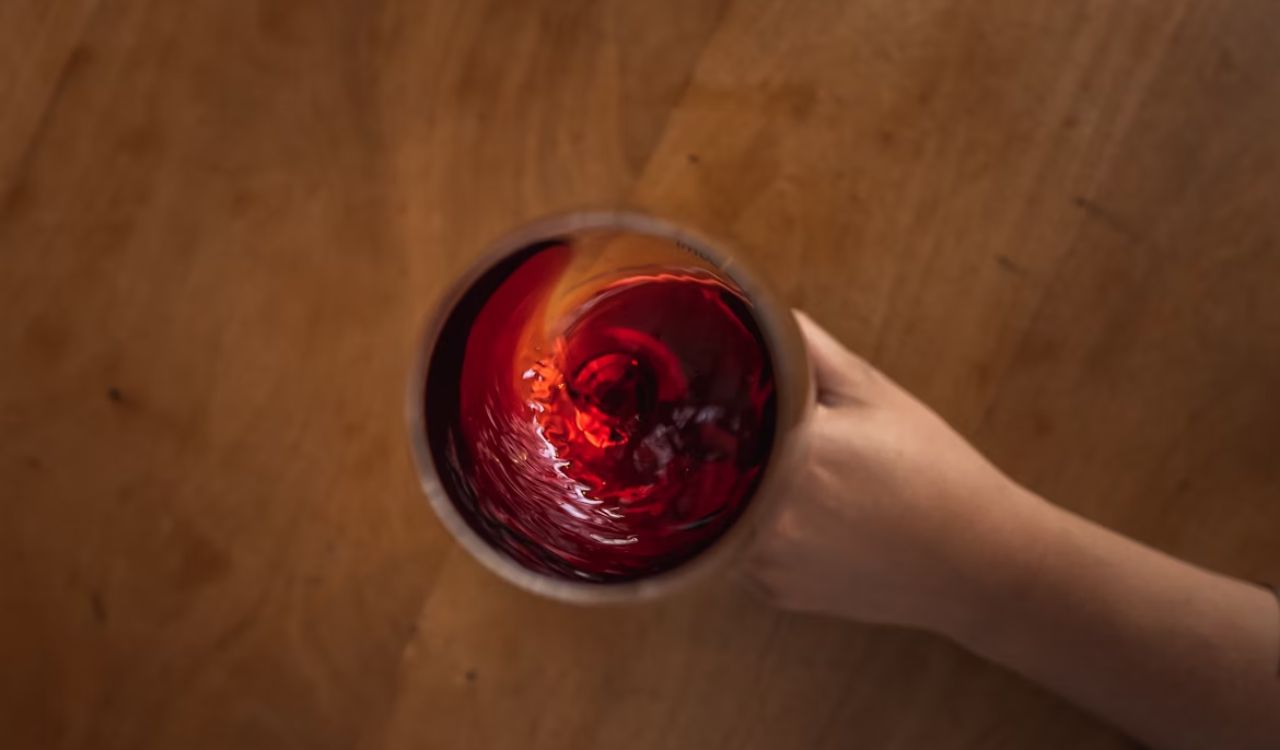
If you notice small particles or a layer of sediment at the bottom of a bottle, it often means the wine has matured. Sediment forms naturally in older reds as tannins and pigments settle out. It is harmless but can affect the texture if poured directly into a glass. Stand the bottle upright for a few hours before serving to let the sediment settle, then pour gently. Sediment is a sign that the wine has aged gracefully and is likely near or at its drinking peak.
10. Follow Your Instincts and the Occasion
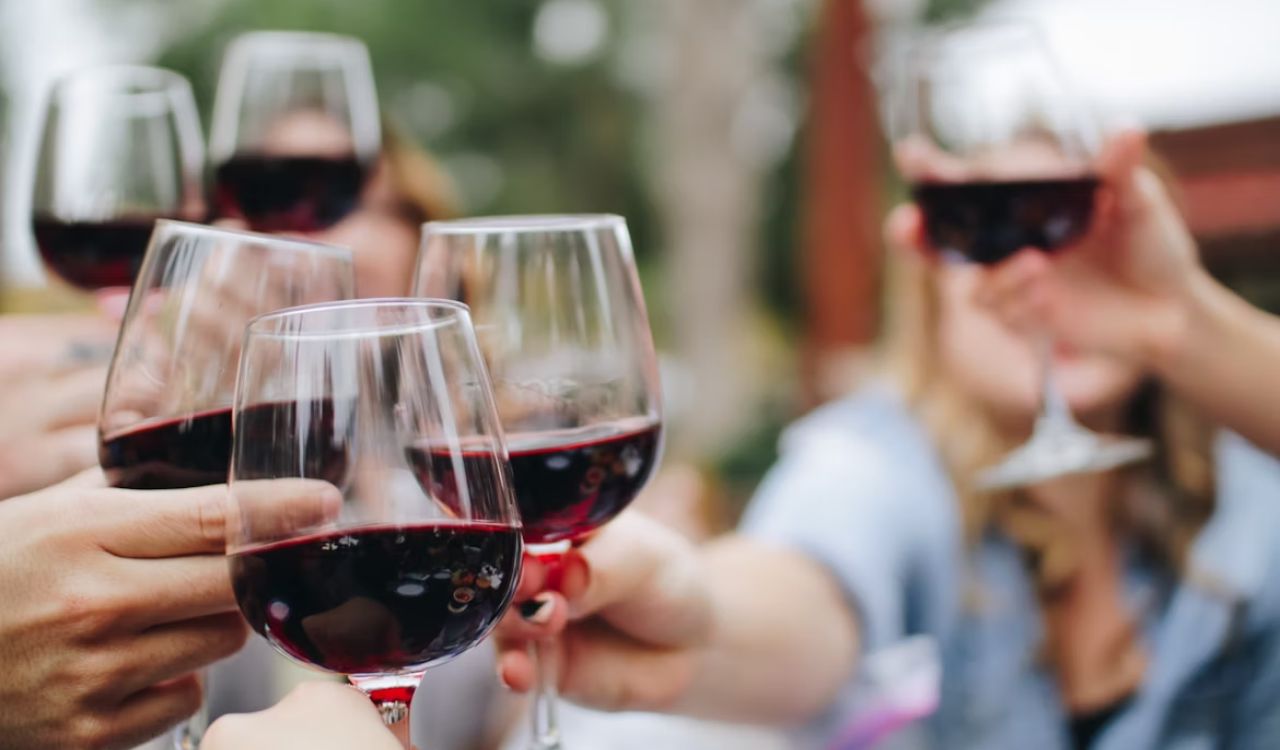
Wine is meant to be shared and enjoyed, not left forgotten in storage. While guides and expert opinions are useful, your taste and timing matter most. If the occasion feels right, open the bottle and make it part of the moment. Most wines are created for drinking within a few years rather than decades. The best bottle is one that brings joy and connection. Trust your instincts, pour a glass, and enjoy the experience without worrying too much about perfect timing.


